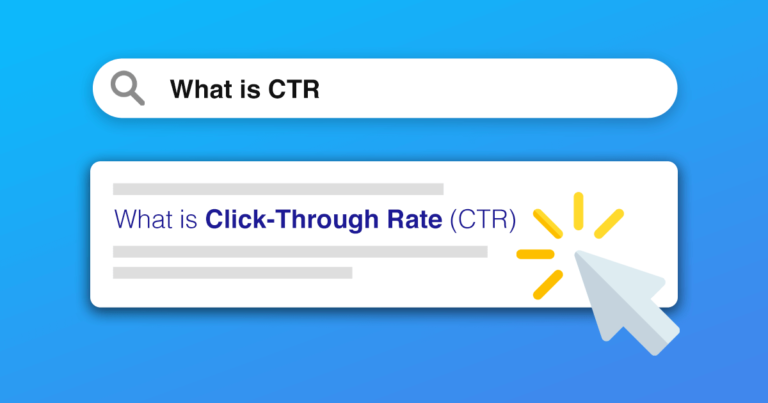Conversion rate is a key metric used to measure the success of a website or online marketing campaign. It is used to describe the percentage of website visitors that complete a desired action.
A desired action can include anything from making a purchase, signing up for a newsletter, downloading a file, or filling out a form.
What is Conversion Rate?
A website’s Conversion Rate is calculated by dividing the number of visitors that complete a desired action by the total number of visitors to the website.
For example, if a website has 100 visitors and 10 of those visitors make a purchase, the website’s conversion rate is 10%.
Why is Conversion Rate important?
Conversion rate is an important metric because it tells you how effective your website or online marketing campaign is at converting visitors into customers or leads.
A high conversion rate means that your website or campaign is effective at converting visitors into customers or leads, while a low conversion rate indicates that your website or campaign is not effective and you need to make changes.
Knowing your conversion rate is important because it helps you identify areas of improvement. For example, if you notice that your website’s conversion rate is low, you can start to identify areas of improvement such as the website design, content, or call-to-actions.
How you can increase your Conversion Rate
There are a number of ways to increase your conversion rate. Here are some of the most common ways to increase your conversion rate:
- Make sure your website is optimized for conversions by focusing on design, content, and calls to action.
- Test different elements of your website to see which ones are most effective at converting visitors into customers or leads.
- Personalize your content to make sure it is relevant to your visitors.
- Make sure your calls to action are clear and compelling.
Conclusion
Conversion rate is a key metric used to measure the success of a website or online marketing campaign.
Knowing your conversion rate is important because it helps you identify areas of improvement.
